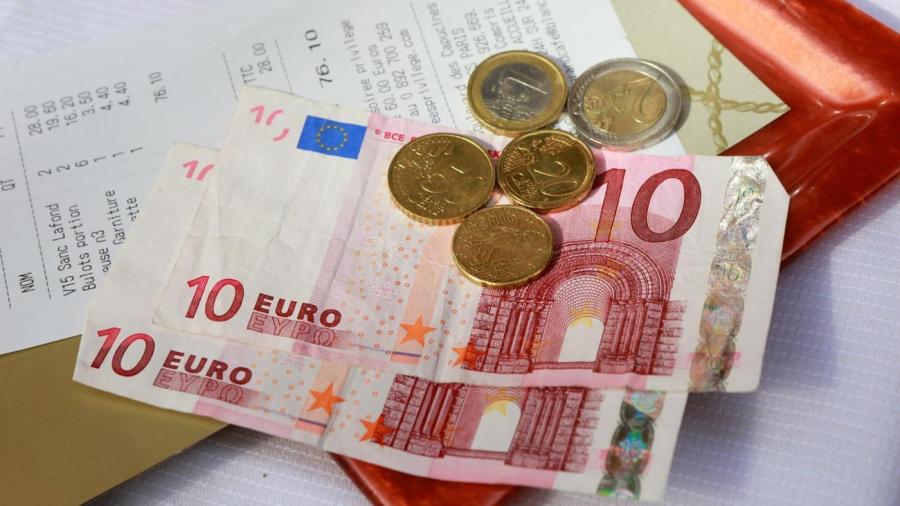What Does the Euro Currency Look Like, and What Does the Currency Represent?

The Euro, which is the legal currency of 18 members of the European Union, includes bank notes, which are identical for each nation, and coins, which have a common design on one side and a nation-specific theme on the other side, according to the European Commission. The notes represent seven values ranging from 5 to 500 euros, and the eight coins range in denomination from 1 cent to 2 euros.
Euro bank notes feature architectural styles depicting various periods in European history and are printed in various colors depending on denomination. Coins depict Europe or the EU on one side and a country-specific design surrounded by the 12 stars of the EU on the other side. Two-euro coins with an unusual motif on the national side may be commemorative coins. Euro banknotes are issued by a central bank, while coins are the responsibility of each individual nation, according to the European Central Bank. The EU attempts to control inflation by determining how many coins may be minted and by approving the volume as well as the issuance of bank notes. Euro bank notes and coins have been legal tender in 18 of the 28 member states of the EU since 2002.





